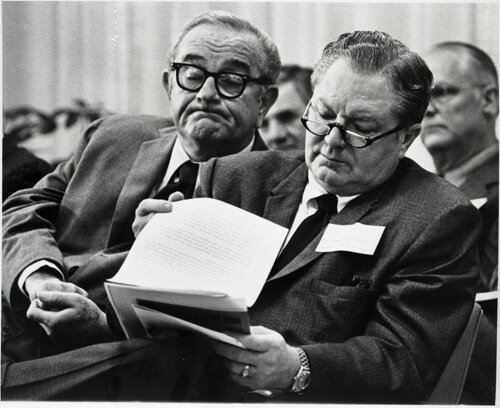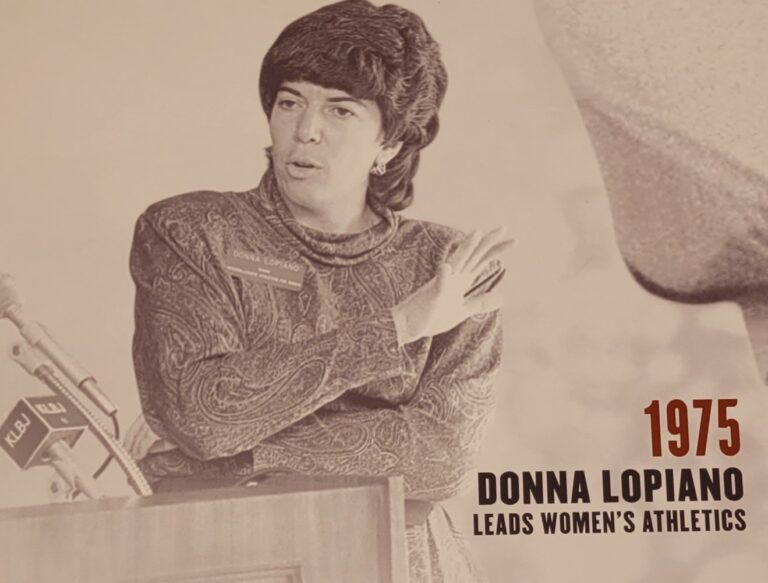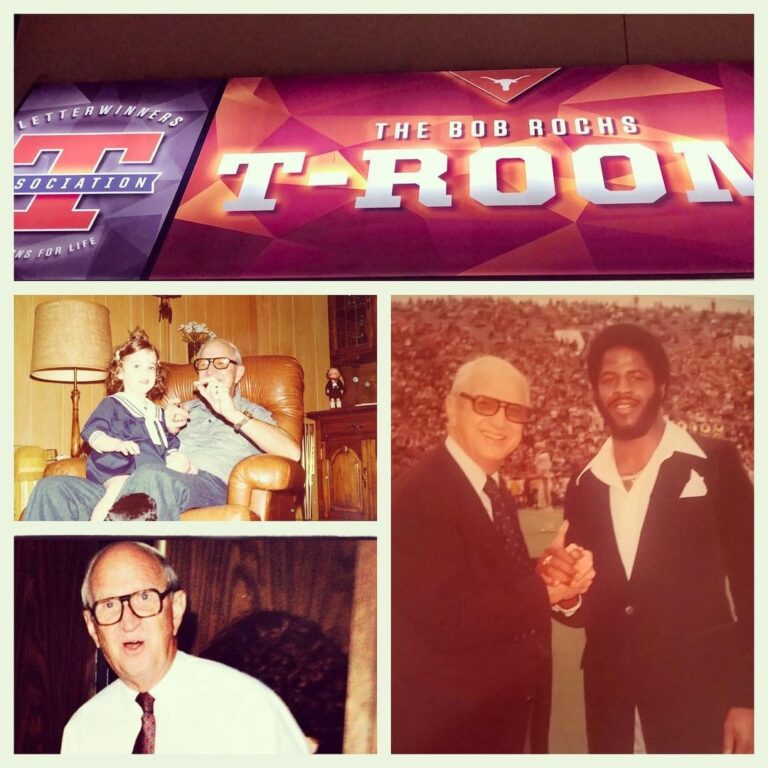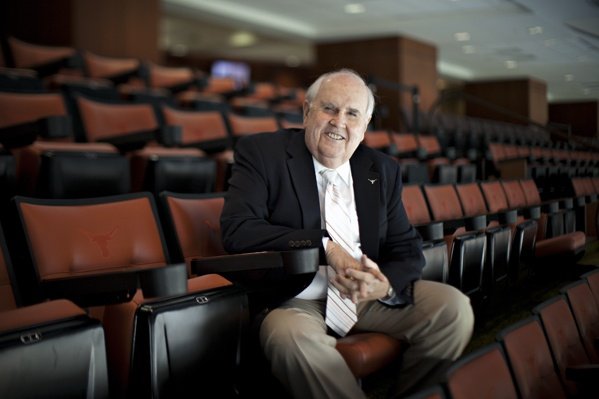Theo Bellmont a Precursor to contemporary Longhorn strength coaches
Theo Bellmont – 1913-1929
The Stark Foundation’s board agreed to provide a $3,5000,000 gift to recognize and honor Stark for his service to UT by constructing the H.J. Lutcher Stark Center right next to a building named after one of his best friends – Bellmont Hall.
One of Bellmont’s first hires was a freshman—Roy J. McLean—who was a whiz at shorthand. Beginning in 1914, McLean served Bellmont as a recording secretary, and he often watched the workouts of Stark and Bellmont, who would train with weights during Stark’s frequent visits to the campus. Before long the two slightly older men included young McLean in their training sessions. McLean became a convert to the barbells, too, and in 1919, after “Mac’s” graduation, Bellmont hired him as an instructor and coach.
Bellmont introduced McLean to H.J. Lutcher Stark, who’d been the manager of the 1910 football team. Lutcher told Bellmont about his trip to Philadelphia learning how to lift weights and eat properly from Alan Calvert, owner of the Milo Barbell Company and the publisher of Strength magazine. McLean said, “Lutcher had dropped by for a visit and to work out with his barbells which he always carried in his car, and which he said had changed him from a 220-pound fat boy into a 180-pound muscular athlete.” At that moment McLean was hooked understanding that sets and repetitions built muscle. Following that visit, McLean and Bellmont continued training and Mclean eventually added thirty pounds of muscle to his lanky frame and became a true believer in the benefits of weight training.
In March of 1914, was hired by Bellmont and set up the first accounting system for the Athletic Department. Roy Mclean managed the ticket sales for the home football games.
1908 Baseball Manager
-
Organized the building of Clark Field and Penick Tennis courts
-
1913-1923 promoted to director of athletics and professor of physical training. He promptly took the management of sports away from the students, looked for formidable opponents to draw large gates; originated the student “blanket tax” to fund the athletic program; conceived and presided over the formation of the SWC to principally standardize eligibility requirements among UT opponents; resumed contests with Texas A & M; formed the T-Association’; started an intramural sports program; constructed a building to house basketball from the inclement weather; oversaw the building of Memorial Stadium, and the building of Clark Field for Longhorn baseball.
-
1923- Instrumental in raising $500,000 to build Texas-Memorial Stadium
-
1927 – Organized the Texas Relays with Coach Littlefield
-
1957 HOH inductee








